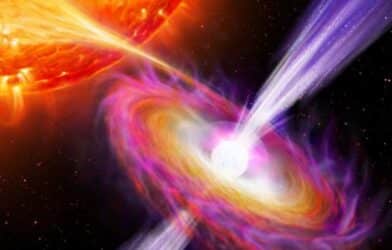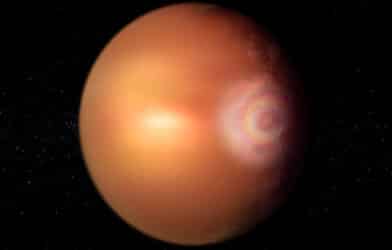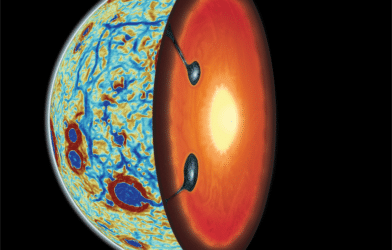Rare diamond-bearing meteorites came from an ancient dwarf planet that smashed into a giant asteroid 4.5 billion years ago, according to new international research. They contain lonsdaleite, an unusual hexagonal super-hard form of the precious gemstone. The discovery could hold the key to creating indestructible drills for mining.
The fragments fall into a category of space rocks called ureilites, which account for fewer than one percent that fall to Earth. An analysis of 18 specimens collected from around the world has tracked them to a mysterious proto-world in the solar system.
“Nature has thus provided us with a process to try and replicate in industry,” says lead author Andy Tomkins, a geologist at Monash University, in a statement. “We think lonsdaleite could be used to make tiny, ultra-hard machine parts if we can develop an industrial process that promotes replacement of pre-shaped graphite parts by lonsdaleite.”
Diamonds are formed from the same carbon atoms that make up soft graphite in the center of pencils. The only difference is the arrangement. Graphite is formed from flat sheets held together by weak attractive forces between each layer. In diamonds, however, the carbon atoms are bound in an extremely rigid tetrahedral shape. Combined with the strong bonds it makes them extremely hard.
The word “diamond” itself is derived from the ancient Greek word adamas, or unbreakable. Yet it does break and crumble at high enough pressures. Tiny flaws in a crystal can also weaken it, making the diamond vulnerable to disintegration.
This does not happen with lonsdaleite in ureilite meteorites from the mantle of the dwarf planet. The hexagonal structure makes it potentially harder than regular diamonds, which are cubic.
“This study proves categorically that lonsdaleite exists in nature,” says senior author Dougal McCulloch, of Melbourne’s RMIT University. “We have also discovered the largest lonsdaleite crystals known to date that are up to a micron in size – much, much thinner than a human hair.”
The international team, including experts at the University of Plymouth in England, say their strange formation opens the door to dramatic improvements in manufacturing. They used state-of-the-art electron scanners to capture solid and intact slices, providing “snapshots” of how lonsdaleite and regular diamonds formed.
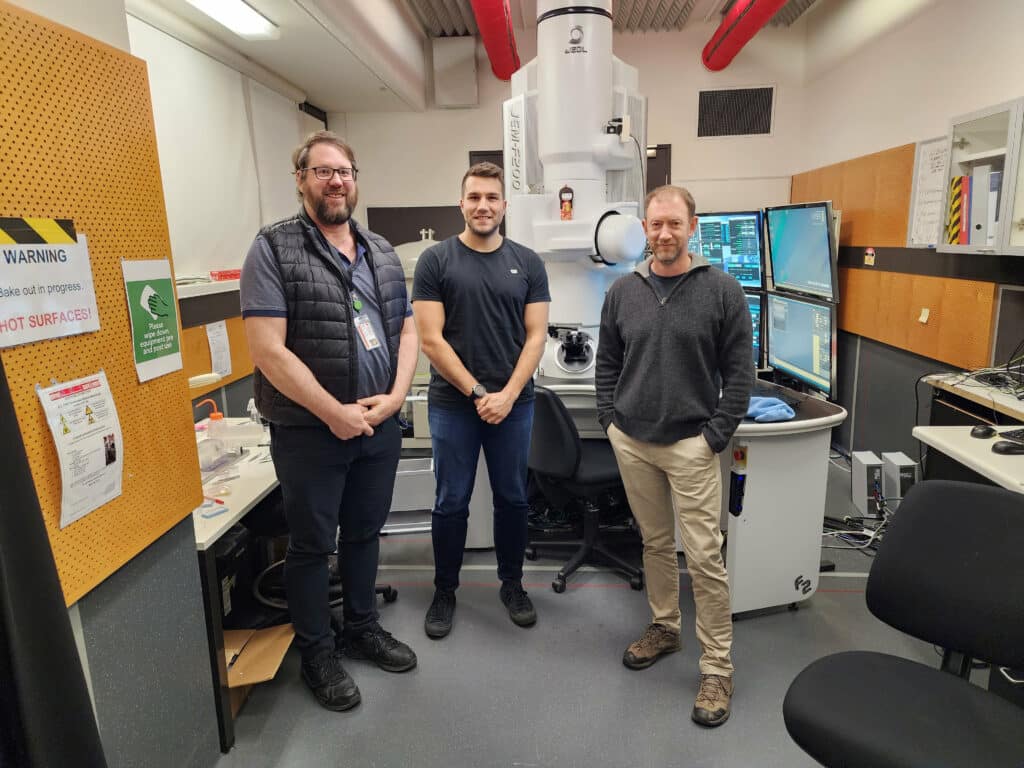
“There’s strong evidence there’s a newly discovered formation process for the lonsdaleite and regular diamond,” says McCulloch. “It’s like a super-critical chemical vapor deposition process that has taken place in these space rocks, probably in the dwarf planet shortly after a catastrophic collision. Chemical vapor deposition is one of the ways people make diamonds in the lab, essentially by growing them in a specialized chamber.”
It’s believed lonsdaleite formed at high temperature and moderate pressures, almost perfectly preserving the shape and textures of the pre-existing graphite. “Later, lonsdaleite was partially replaced by diamond as the environment cooled and the pressure decreased,” says Tomkins.
It sheds light on a long-standing mystery regarding emergence of carbon phases in ureilites.
The study, published in the Proceedings of the National Academy of Sciences, suggests all ureilite meteorites are remnants of the same proto-planet. It also boosts the theory that today’s solar system planets were forged from the leftovers of these early worlds.
Lonsdaleite is named after pioneering British crystallographer Dame Kathleen Lonsdale, the first woman Fellow of the Royal Society.
Report written by Mark Waghorn, South West News Service
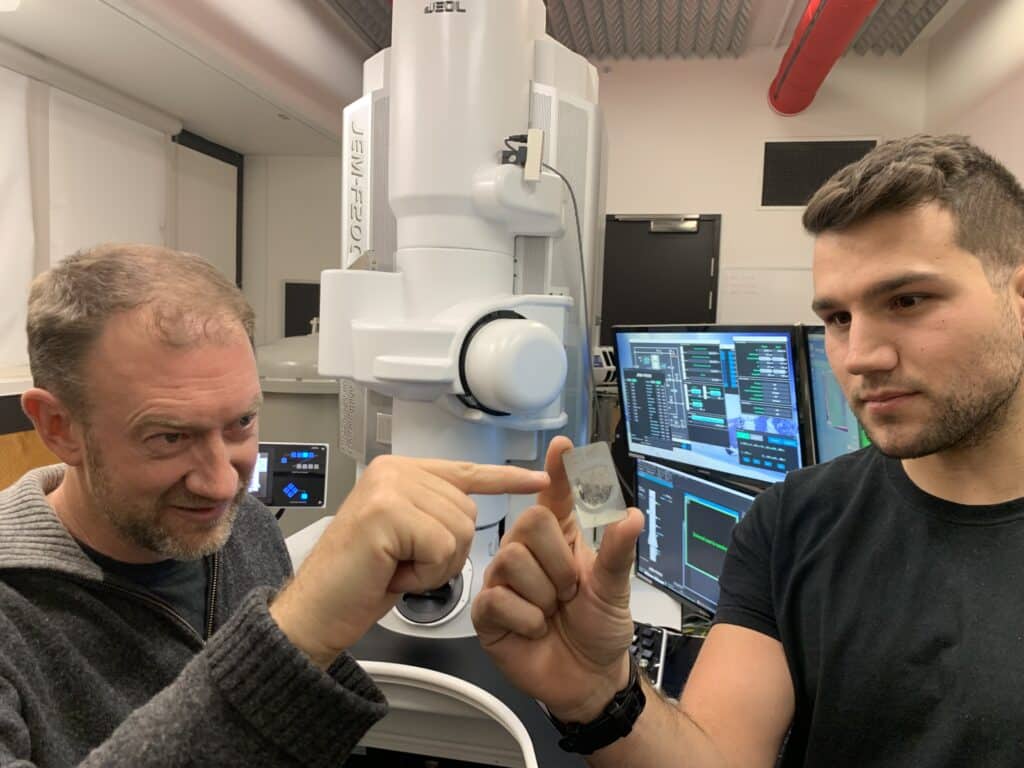





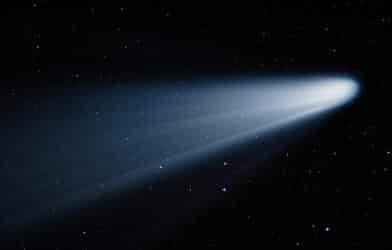
-392x250.png)
